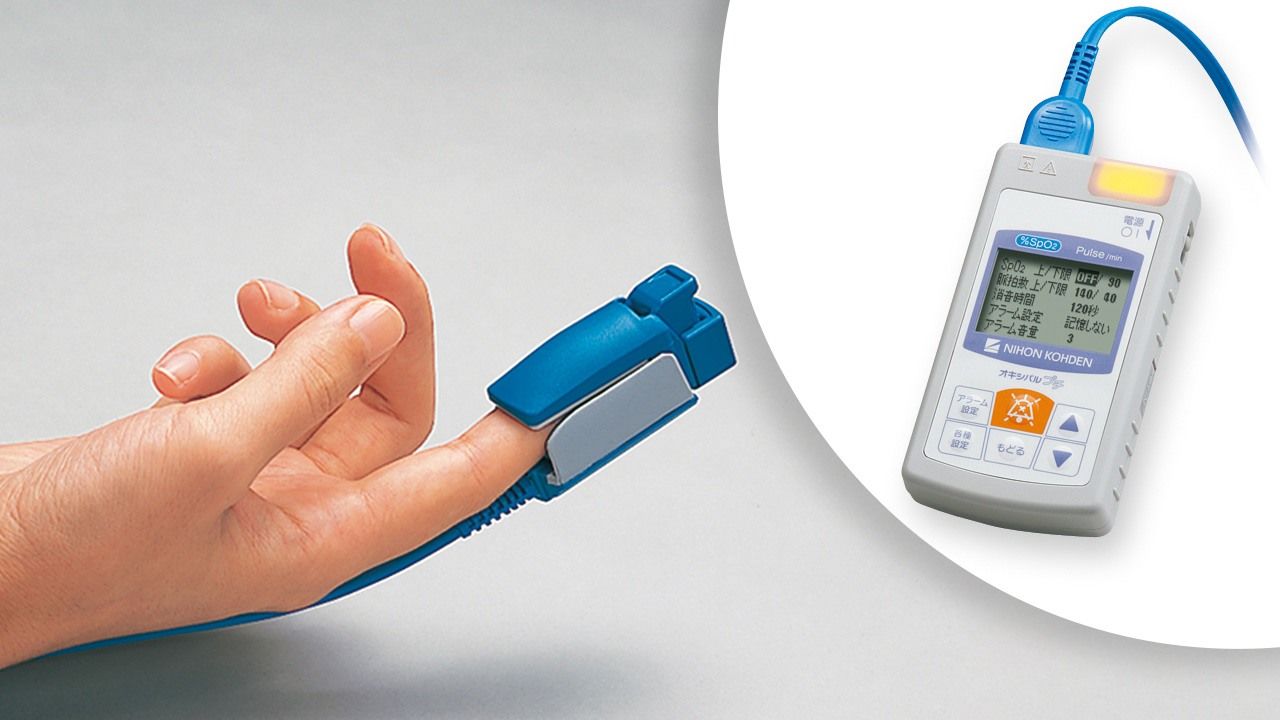
Takuo Aoyagi Cause Of Death

- Associated organizations
- Nihon Kohden Corporation
- Fields of study
- Biomedical engineering
Takuo Aoyagi’s development of the fundamental principles of pulse oximetry has led to an indispensable clinical tool for non- invasive monitoring of blood oxygen levels that has improved patient safety during anesthesia and practically all other facets of healthcare. Takuo Aoyagi was a Japanese engineer who developed technology that made the modern pulse oximeter possible, allowing us to measure the level of oxygen in the blood. We invite you to share. Takuo Aoyagi was born Feb. 14, 1936, in Niigata Prefecture, on the west coast of Japan, to Monshichi and Tatsu Aoyagi. His father was a math teacher, his mother a homemaker. He graduated from Niigata University win 1958 with a degree in electrical engineering.
Biography
Takuo Aoyagi’s development of the fundamental principles of pulse oximetry has led to an indispensable clinical tool for noninvasive monitoring of blood oxygen levels that has improved patient safety during anesthesia and practically all other facets of healthcare. In 1972, while investigating a noninvasive cardiac output device, Dr. Aoyagi discovered that arterial pulsatile “noise” interfering with the accurate dye dilution curve carried important information about the oxygenation of arterial blood. This led him to establish the principle of pulse oximetry using light signals of two different wavelengths. Based on his discovery, in 1975 he introduced the first commercially available pulse oximeter. Consisting of a probe containing a light-emitting device and two photodetectors, Dr. Aoyagi’s pulse oximeter could pass two wavelengths of light through the earlobe to the photodetectors to measure the changing absorbance at each of the wavelengths based on pulsing arterial blood. The device’s ability to rapidly and noninvasively assess the hemodynamic and respiratory condition of patients allows clinicians to detect abnormalities earlier and avoid patient harm as well as gauge the effectiveness of clinical interventions in real time. All of today’s pulse oximeters are based on Dr. Aoyagi’s original principles of pulse oximetry. Dr. Aoyagi has continued to advance the development of oxygen monitoring technologies and inspire generations of medical technology innovators around the world. Pulse oximetry is now considered the standard of care for patients undergoing anesthesia and for treatment in emergency rooms and intensive care units and for home care. In 2007, the World Health Organization included pulse oximetry as an essential component of its Surgical Safety Checklist for reducing complications.
An IEEE member and recipient of the Gravenstein Lifetime Achievement Award from the Society for Technology in Anesthesia (2013), Dr. Aoyagi is currently senior manager of the Aoyagi Research Laboratory at Nihon Kohden Corporation, Nakano-ku, Tokyo, Japan.
Download
IEEE.tv is made possible by the Members of IEEE.
Takuo Aoyagi Pulse Oximeter

This feature is accessible to IEEE Members only, with an IEEE Account. If you are an IEEE Member please sign in to enable this feature.
In addition to exclusive access to IEEE.tv programming, IEEE members have file download, and can save favorite videos with myTV.
Discover all the benefits of IEEE membership!
Belong to the world's largest technical proffecional society

IEEE Forward! The 2015 IEEE Honors Ceremony presents the IEEE Medal for Innovations in Healthcare Technology
This year's recipient: Takuo Aoyagi

Takuo Aoyagi’s development of the fundamental principles of pulse oximetry has led to an indispensable clinical tool for non- invasive monitoring of blood oxygen levels that has improved patient safety during anesthesia and practically all other facets of healthcare.
IEEE Forward! The 2015 IEEE Honors Ceremony presents the IEEE Medal for Innovations in Healthcare Technology
This year's recipient: Takuo Aoyagi
